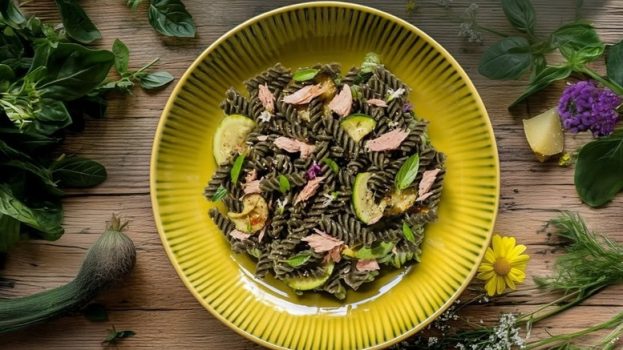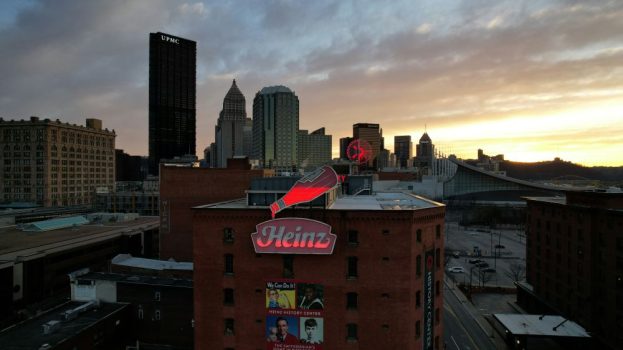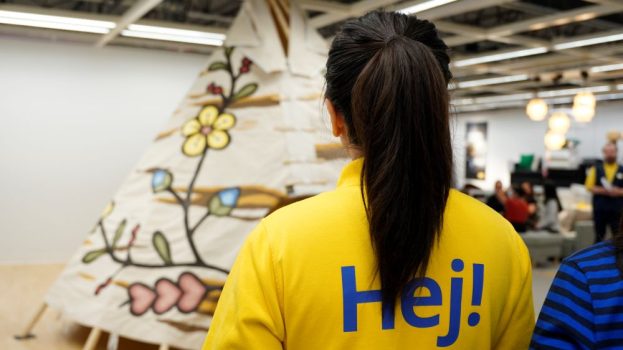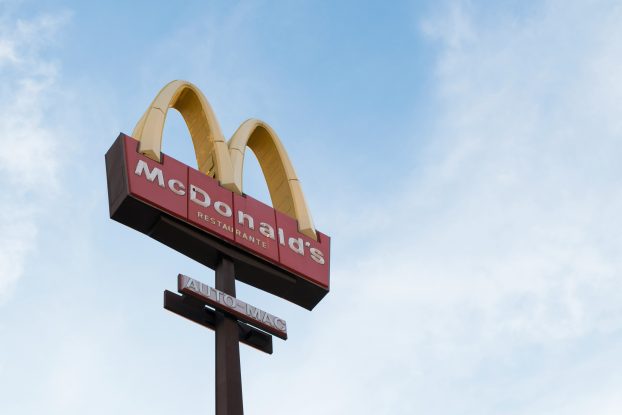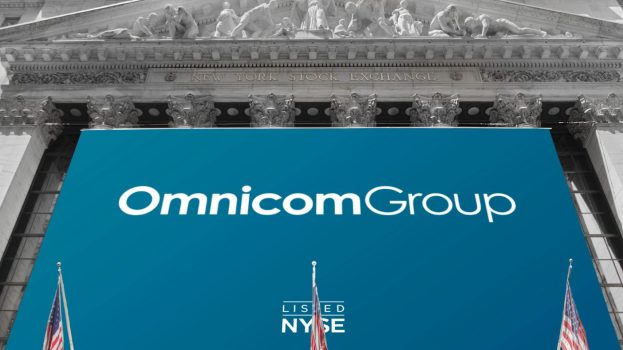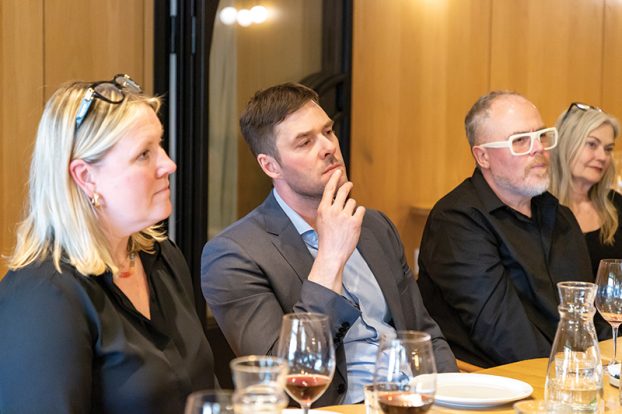By John Bradley
One thing that forcefully struck me while updating a book on the interaction between manufacturers and retailers (Store Wars: The Worldwide Battle for Mindspace and Shelfspace, Online and In-store) is that the future for manufacturers and retailers alike will be quite different from the past in six key areas.
1. Skills transfer gives retailers and manufacturers a deeper grasp of their counterparts’ strategy. Retailers now have an irreversible stake in winning mindspace from brand manufacturers through their private label brands.
Fifteen years ago, a marketing manager could perform perfectly well by considering the retail trade as one relatively homogenous body.
Today, if that manager does not intimately understand the individual strategies of his top ten retail customers, he’s doomed.
Equally, while a retail buyer could have only the haziest understanding of brand strategies in the past, today, he can’t perform at all without an equally intimate understanding of his own employer’s strategies across their large number of private label brands.
2. Emerging markets are stirring the pot. Retailers in emerging markets are evolving at a faster rate, and in different directions to developed markets. Retailing in the U.S. and Europe did not evolve down a pre-determined path to the logical optimized end-point; it evolved haphazardly due to a combination of changes such as radio/TV advertising and barcoding, supplemented by inspirational ideas from retailers. Costco and German discount supermarket Aldi were not inevitable; they were a product of their environments, just like Big Bazaar is a product of the Indian environment.
3. Consolidation is squeezing out the mid-range players. Retailer consolidation is resulting in most key markets being dominated by a handful of major retailers who will account for 60 to 70% of total sales.
To try and maintain relative critical mass, manufacturers are consolidating through mergers or acquisition. Twenty to 25 behemoths will own the vast majority of big brands, flanked by a multitude of medium-to-large private label specialist suppliers and a host of small innovators, filling gaps the giants cannot or will not.
Buy or be bought.
4. Private label will continue to gain share. In 2011, the biggest brand in the U.K. was Tesco Finest. The second largest was Tesco Value (now Everyday Value). As retailers’ brand building skills increase, so will their brand equities.
Brand management and the development of more powerful brands is a core part of their and most other strong retailers’ strategies. Increasingly the onus will be for manufacturers to demonstrate how their brands fit in with and complement retailers’ brands.
5. Online will continue to rapidly grow, both in terms of market share and pre-research into buying decisions. Manufacturers have to adapt to competing for sales in an environment that is both unfamiliar to them and one where they have far fewer means at their disposal to influence sales. One possibility is to structure their online operations vertically, becoming online specialists in those categories where consumers are committed or fanatical about product choice.
For example, a Canadian company called BlackSquare built a platform that allows wine producers to sell directly to customers online. They make a higher profit margin on every bottle, plus they give shoppers the ability to choose from larger collections. Not surprisingly, direct sales are becoming an important source of revenue for wineries – online sales are their fastest growing profit source.
6. Store size/location is changing stocking. The era of the hypermarket is rapidly coming to a close: having 100,000 SKUs a 20-minute drive away is no longer a benefit when Sears.com has 17 million you can purchase from your living room.
Also, having large stores where half the SKUs sell one or zero units a week cannot be sustained going forward. Multi-format strategies of smaller stores more conveniently situated for busy shoppers are essential, and victory will go to the retailers who get there first.
More of the sales coming through smaller stores stocking fewer SKUs will add to the pressures on manufacturers’ brand portfolios. Esselunga in Italy, seeing that the majority of their shoppers were time-starved working women, changed to offering 70% fewer SKUs than their competitors to decrease the shopping time.
7. Yes, I know I said 6. Phone apps will push prices down, and history has shown that when prices go down, squeezing retailer margins, there is only one place they can go to restore their profitability: the manufacturer.
That’s the one thing that never changes.
After 25 years in the brand marketing trenches in the U.K. and Canada, John Bradley is now an author, penning Cadbury’s Purple Reign (2008) and co-authoring the just-launched Store Wars: The Worldwide Battle for Mindspace and Shelfspace, Online and In-store.


